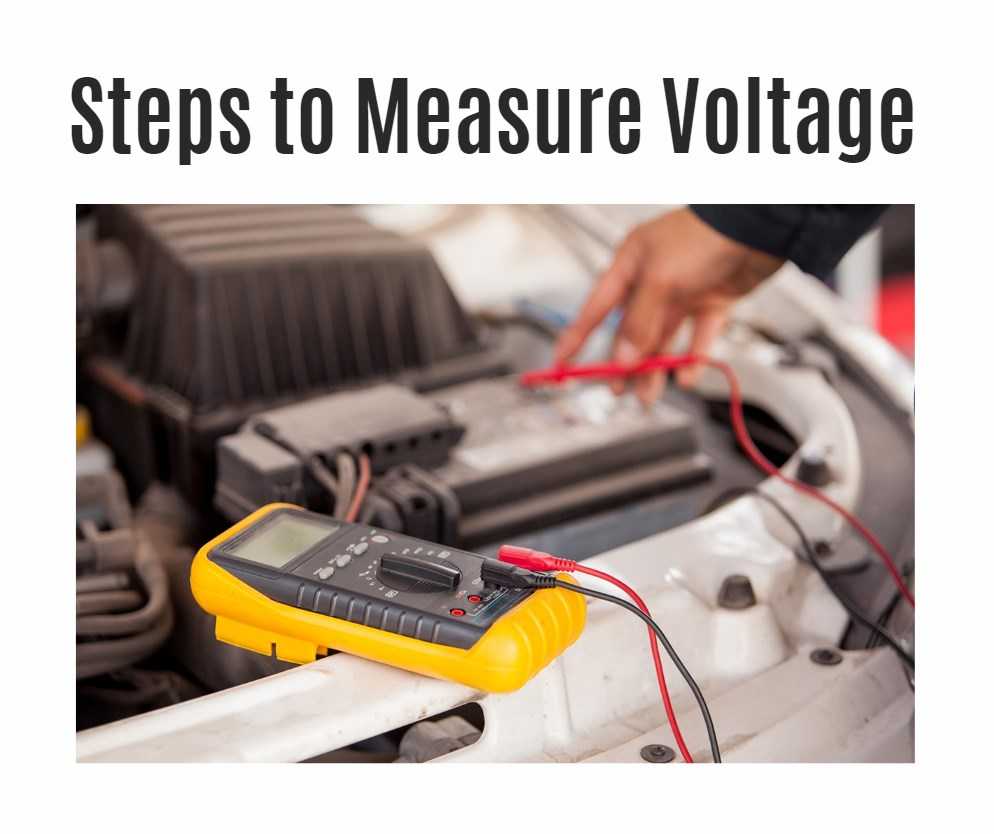At Redway Battery, we understand the critical importance of ensuring your lithium batteries are fully charged to maximize performance and longevity. This comprehensive guide will equip you with the knowledge to confidently verify if your lithium battery is fully charged using a multimeter, ensuring optimal usage and efficiency.
Understanding Manufacturer’s Recommendations
Each type of lithium battery, whether it’s LiFePO4, Li-ion, or others, has specific recommended fully charged voltages provided by the manufacturer. These voltages typically range between 3.6V to 4.2V per cell, depending on the chemistry and design of the battery.
Steps to Measure Voltage
-
Prepare Your Multimeter: Set your multimeter to measure DC voltage. Ensure it is calibrated and functioning correctly for accurate readings.
-
Connect Multimeter Probes: Carefully connect the multimeter probes to the positive (+) and negative (-) terminals of the lithium battery.
-
Take Voltage Reading: Once connected, the multimeter will display the voltage reading of the battery. Compare this reading with the manufacturer’s recommended fully charged voltage range for your specific lithium battery type.
Example Calculation
For instance, if you are using a LiFePO4 battery with a 4-cell configuration:
Wholesale lithium golf cart batteries with 10-year life? Check here.
- Manufacturer’s recommended fully charged voltage per cell: 3.6V to 3.7V
- Therefore, for a 4-cell LiFePO4 battery: Fully charged voltage would range between 14.4V to 14.8V.
Interpreting the Results
-
Matching Voltage Range: If the voltage reading on your multimeter falls within the manufacturer’s specified range, your lithium battery is fully charged and ready for use.
-
Below Recommended Voltage: If the voltage reading is lower than the recommended range, the battery is not fully charged and requires further charging.
Importance of Accuracy
Ensuring your lithium battery is accurately and fully charged not only enhances its performance but also extends its lifespan. Regularly checking the voltage with a multimeter helps maintain optimal battery health and efficiency, preventing undercharging or overcharging scenarios.
Conclusion
In conclusion, verifying if your lithium battery is fully charged using a multimeter is a straightforward process that guarantees you get the most out of your battery investment. By following the manufacturer’s recommended voltage range and using a reliable multimeter, you can ensure your lithium batteries perform at their best, powering your devices efficiently and reliably.
Want OEM lithium forklift batteries at wholesale prices? Check here.
For more information on lithium battery care and maintenance, or to explore our range of high-quality batteries, visit Redway Battery’s website or contact us directly. We are committed to providing you with the knowledge and products you need for safe and efficient power solutions.
To check the voltage of the battery, set the multimeter to measure DC voltage and connect the probes to the positive and negative terminals of the battery. If the voltage reading matches the manufacturer’s recommended fully charged voltage, the battery is fully charged. If the voltage reading is lower, the battery is not fully charged and needs further charging.







